Initially I need an inductor to be used in cheap low-power AC-DC power supply. I'd like to use LNK304 solution:

When I reached 1mH coil I found Bourns 77F coils: very cheap (only 8 cents at some quantities), quite small (11 mm in length). But I need to take into account that this coil should withstand peak AC voltage which can be as great as 350 V (if I consider +10% ACV tolerance). There is a Dielectric Strength parameter in it's specification which is rated for 500 Vrms.
However there are dedicated high voltage solutions like Wurth Electronics HV series. But it is bigger and significantly more expensive (about 2 USD).
Main question: Can I be sure that this cheap coil will have a long and happy live in my schematic?
